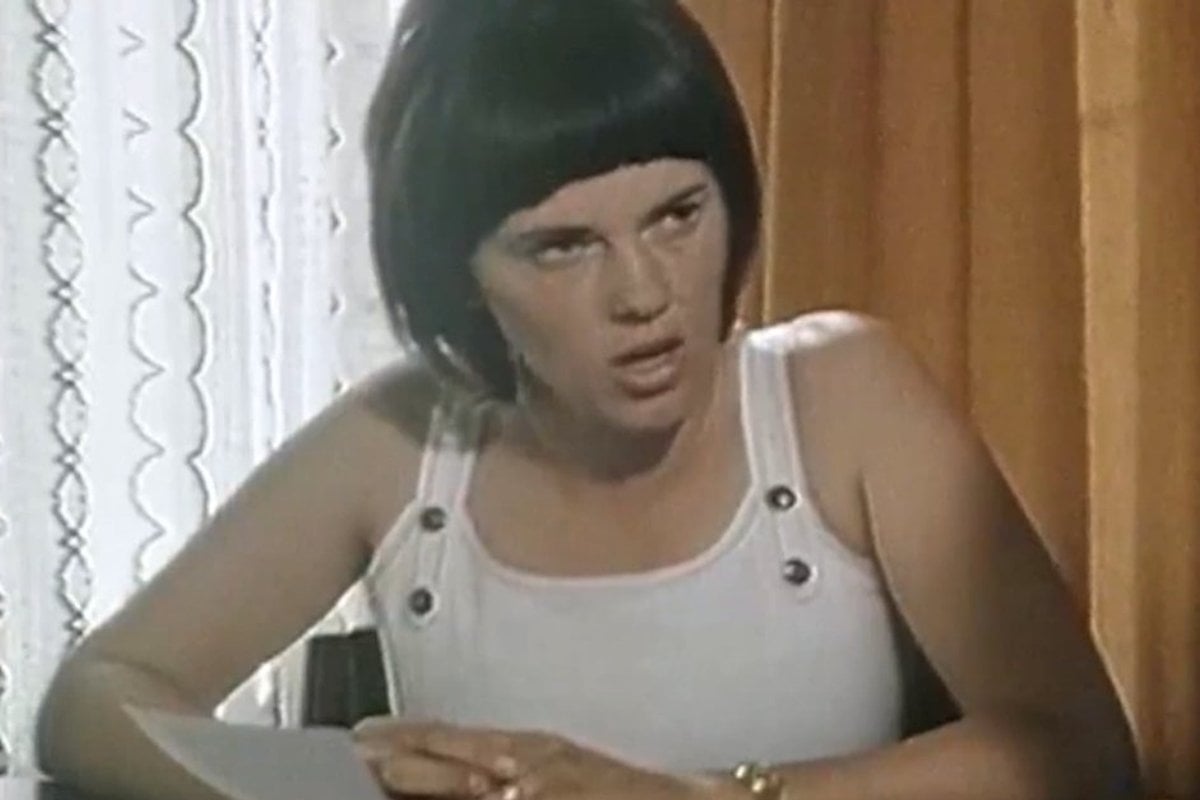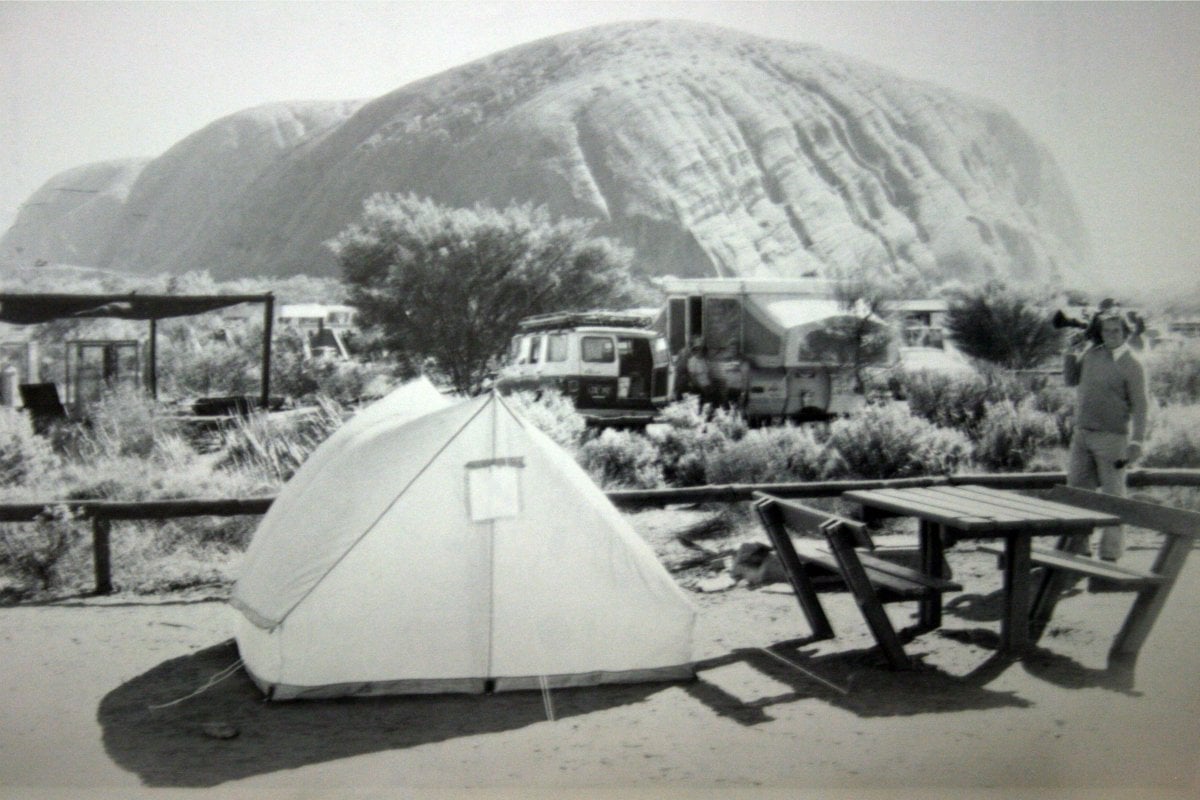
Shortly after the disappearance of nine-week-old Azaria Chamberlain in August 1980, a television journalist showed her mother, Lindy, a police photograph of the baby's jumpsuit.
It was heavily blood stained around the collar but mostly intact.
The outfit had been found at Uluru, near the campsite from which the little girl infamously vanished.
The journalist echoed the persistent question that had been raised around the family's version of events: if a dingo had taken Azaria from her tent that night, how were her clothes so undamaged?
Watch: 40 years on, Lindy Chamberlain is sharing her story. Post continues below.
The response Lindy gave played a pivotal role in turning the tide of public opinion against her. It was detailed, detached, almost academic.
"If you've ever seen a dingo eat, there'd be no difficulty at all," she said. "Because if you watch them eat the carcass of a cow, or something like that, they don't eat the skin. They use their feet like hands and pull back the skin as they go, and they'll just peel it like an orange."

